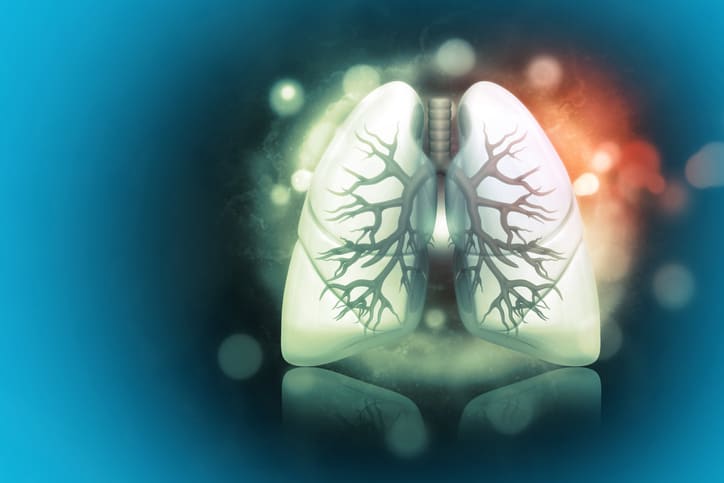Childhood obstructive sleep apnea hypopnea syndrome (OSAHS) is a common clinical disease that can cause serious complications if not treated in time. The preferred treatment for OSAHS in children is surgery.
To observe the effects of soft palate-pharyngoplasty on postoperative outcome, pharyngeal formation, and possible complications.
A total of 150 children with snoring, hernia, and mouth breathing were selected. A polysomnography test was performed to confirm the diagnosis of OSAHS. The children were randomly divided into experimental and control groups. The experimental group underwent adenoidectomy, tonsillectomy, and soft palate-pharyngoplasty. The control group underwent adenoidectomy and tonsillectomy. The -test and chi-square test were used to compare conditions such as postoperative fever, postoperative hemorrhage, and pharyngeal reflux. Postoperative efficacy and complications were interrogated and observed in the form of outpatient follow-up and telephone follow-up at 6 mo and 1 year after surgery. The curative effects were divided into two groups: Cure (snoring, snoring symptoms disappeared) and non-cure.
The effective rate of the experimental group was significantly higher than that of the control group, but the difference was not statistically significant ( > 0.05). The incidence of postoperative bleeding was lower in the experimental group. There was no postoperative pharyngeal reflux in either group. In the experimental group, the incidence of hyperthermia (body temperature exceeded 38.5 °C) was lower than that in the control group. The difference in postoperative swallowing pain scores between the experimental and control groups was significant.
Soft palate-pharyngoplasty can more effectively enlarge the anteroposterior diameter and transverse diameter of the isthmus faucium. Compared with surgery alone, it can better treat OSAHS in children, improve the curative effect, reduce the risk of perioperative bleeding, close the surgical cavity, reduce the risk of postoperative infection, reduce the proportion of postoperative fever, and accelerate healing. Although this process takes more time, it is simple, safe, and effective.
©The Author(s) 2020. Published by Baishideng Publishing Group Inc. All rights reserved.
Clinical observation of soft palate-pharyngoplasty in the treatment of obstructive sleep apnea hypopnea syndrome in children.


